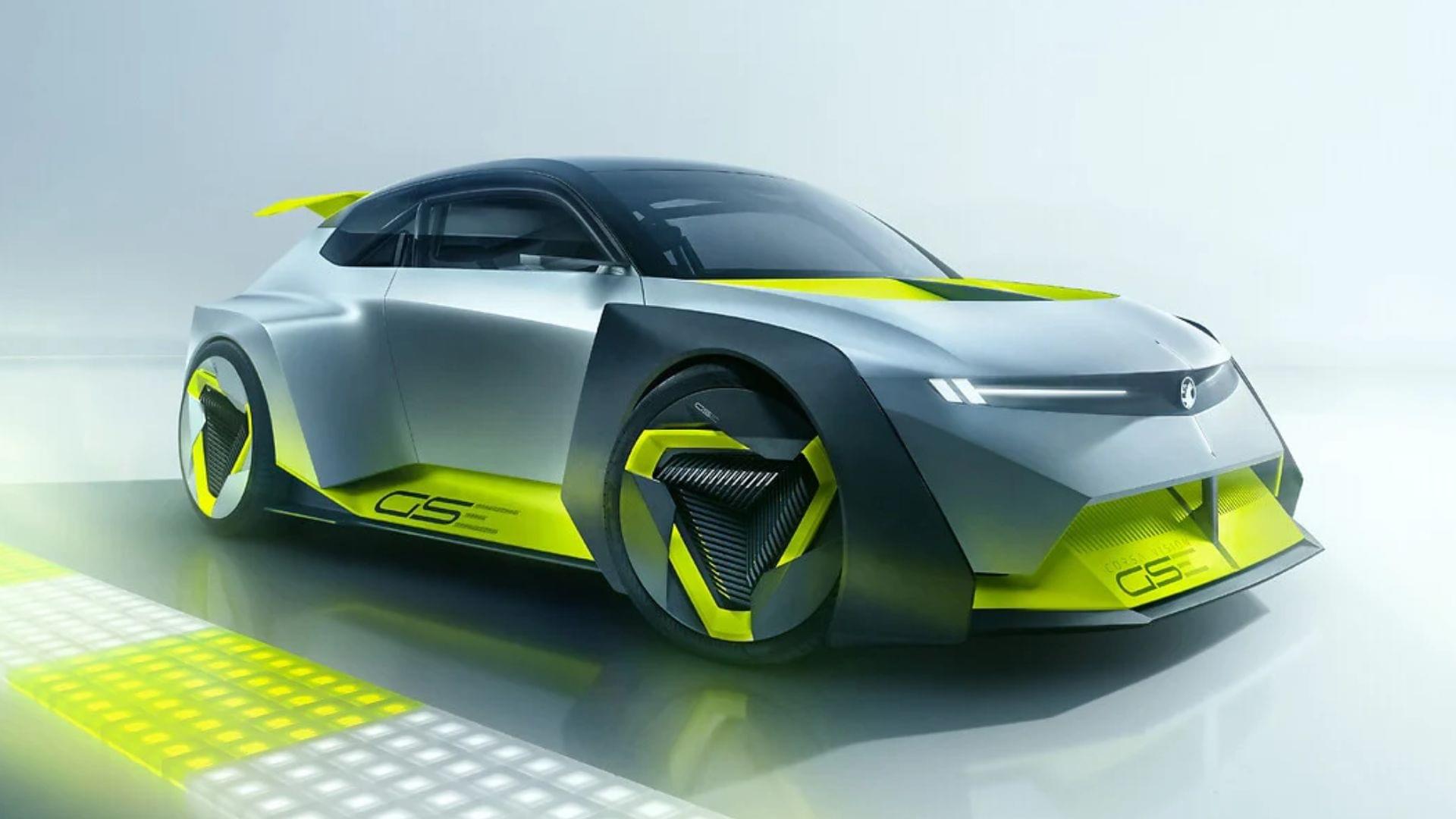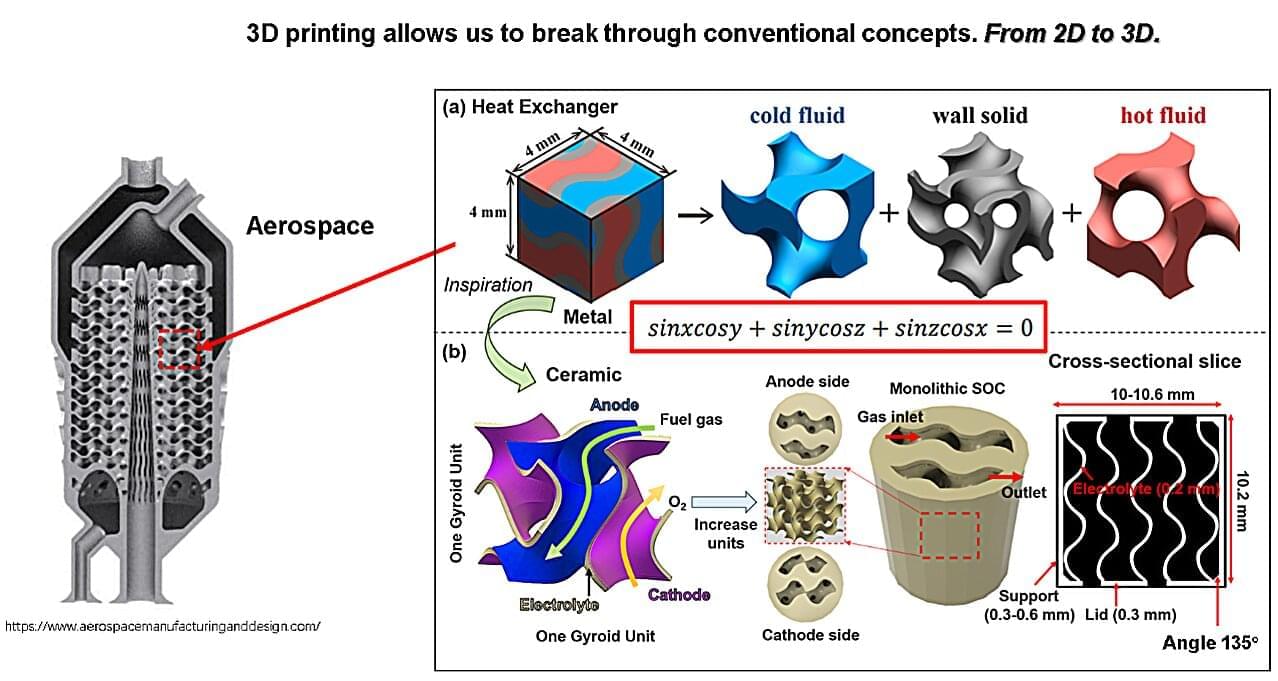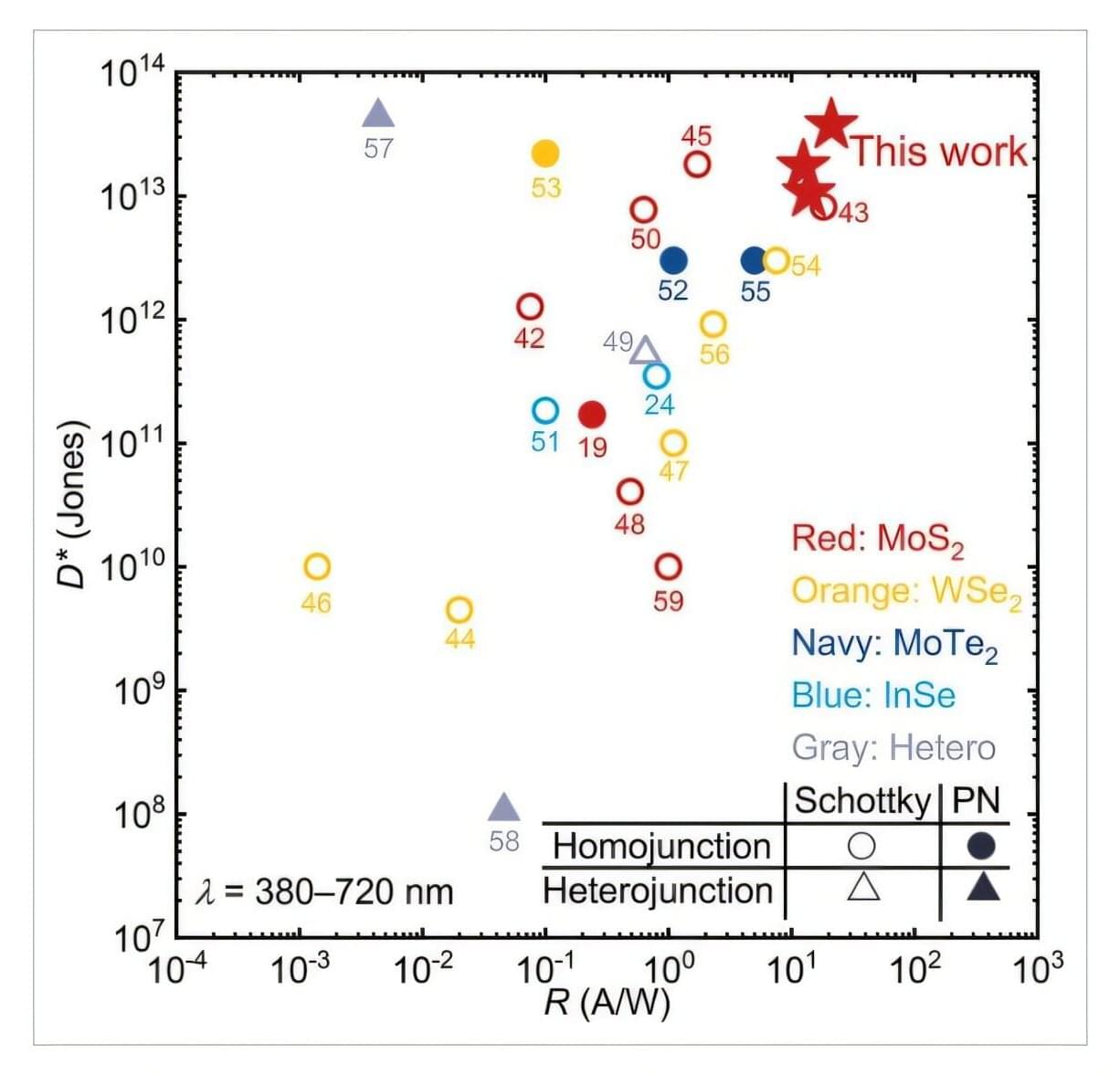New York City launches first self-driving vehicle trials, robotaxi firm to test with 8 cars.
Waymo has received its first permit to test autonomous vehicles in New York City, city officials confirmed Friday. The authorization allows the Alphabet-owned company to deploy up to eight vehicles in Manhattan and Downtown Brooklyn through late September, with the option to extend the program.
The launch marks the first autonomous vehicle testing program in the city. State law requires a trained driver to remain behind the wheel during operations, in line with what officials describe as the nation’s strictest safety standards.




